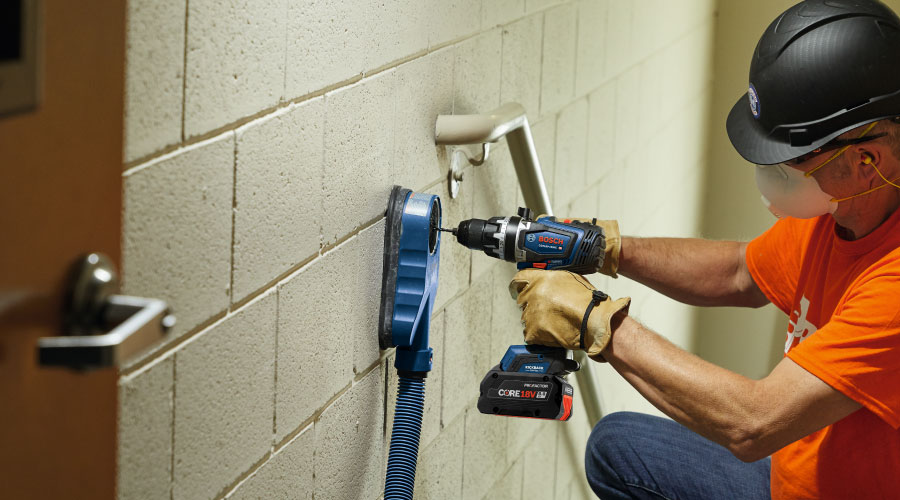With UPS systems, business issues drive technology decisions
Some facility executives know all too well that the old saw — you get what you pay for — proves true at the most inopportune times. But when it comes to uninterruptible power supply (UPS) systems, there’s a question that facility executives should be asking: How do you know you got what you paid for?
By understanding some basic tenets that drive UPS system selection design, as well as the requirements necessary to keep systems operating in peak condition, facility executives can be reasonably assured that money was well spent. Falling short of those efforts, however, means there’s no guarantee that a UPS system will function appropriately.
There are two primary reasons for purchasing a UPS system: to condition utility power for sensitive equipment and to provide continuous power during utility power outages. Other technology is available for conditioning utility power; however, a UPS system will provide both functions.
If the determination is made that a UPS system is required then a number of questions must be answered:
- What UPS technology best suits the need?
- What reliability level is required of the UPS itself?
- What level of electrical system reliability is required?
- What level of mechanical support is required?
- How long must the system be able to support the business need during an outage?
- Must it be fault-tolerant?
- Must the system be concurrently maintainable?
There is a broad selection of UPS technologies available, including offline, line-interactive and online systems. Each system has pros and cons; however, in general, online systems offer the most reliability and offline the least. The type and quality of the battery used will also affect UPS reliability. What’s more, the electrical and mechanical systems must be taken into account when defining overall reliability. For example, does a generator for long-term outages back up the UPS system? If so, is mechanical cooling equipment connected to the generator?
The costs of reliability correlate very closely with levels of reliability, up to a point. Beyond the 99.999 percent reliability levels, costs escalate rapidly. This can be attributed to the complexity of systems required to meet high reliability levels.
There are myriad technical decisions regarding electrical system and UPS reliability, but decisions regarding reliability levels and associated costs are ultimately business decisions, not technical ones. Top management must ask if the business can afford to be without critical equipment, and if so, how long?
The power infrastructure in the United States is becoming increasing unreliable. Both the August power outage in the Northeast and Midwest and the December outage in San Francisco had serious financial consequences for businesses without backup power systems.
Cost of Downtime
The costs of downtime have been widely discussed. The often-quoted “2001 Cost of Downtime Survey” by Contingency Planning Research reveals the following:
- 46 percent of participants say each hour of downtime costs their companies up to $50,000.
- 28 percent of participants say each hour of downtime costs their companies between $51,000 and $250,000.
- 18 percent of participants say each hour of downtime costs their companies between $251,000 and $1 million.
- 8 percent of participants say each hour of downtime costs their companies more than $1 million.
Quantifying Impact of Downtime
To make reliability investment decisions, top management must quantify the financial impacts of an interruption on business. Impacts can be direct (the computer system is down and a sales transaction is lost), or indirect (the customer is unhappy and never returns). Loss of income can be derived from knowing the revenue profile of a business and adding employee costs. Here is one formula for determining the cost of downtime developed by David Patterson and submitted to the Large Installation Systems Administration:
(employee costs per hour) X (fraction of employees affected by outage)
+
(average income per hour) X (fraction of income affected by outage)
Divided by
Estimated average cost of 1 hour of downtime
Such time-based costs can help executives fully understand cost-benefit ratios when evaluating reliability investment options.
Once investment decisions have been made, appropriate programs must be in place to assure installed systems meet design reliability goals. These programs include proper maintenance, testing and monitoring.

Manufacturers of UPS equipment recommend appropriate preventive maintenance programs for their equipment, and industry standards organizations recommend maintenance tasks and frequencies of electrical systems components. Those organizations include the Institute of Electrical and Electronics Engineers (IEEE), the InterNational Electric Testing Association and the National Fire Protection Association.
Most critical to the operation of UPS systems is the integrity of the batteries. All batteries require maintenance, even so-called maintenance-free batteries. IEEE standards recommend tasks and frequencies for battery maintenance and testing.

Monitoring can be a valuable tool and may be conducted on- or off-site. These systems run the gamut from simple alarms to very sophisticated alarming and diagnostics. Investments made in monitoring systems are usually manifested in staff. The availability of facility personnel to engage in monitoring activities and their knowledge of equipment are critical to successful and affordable monitoring programs. Specialized electrical monitoring equipment can be installed to verify that the output of the UPS is within accepted tolerances; however, this equipment can be costly.
Related Topics:













